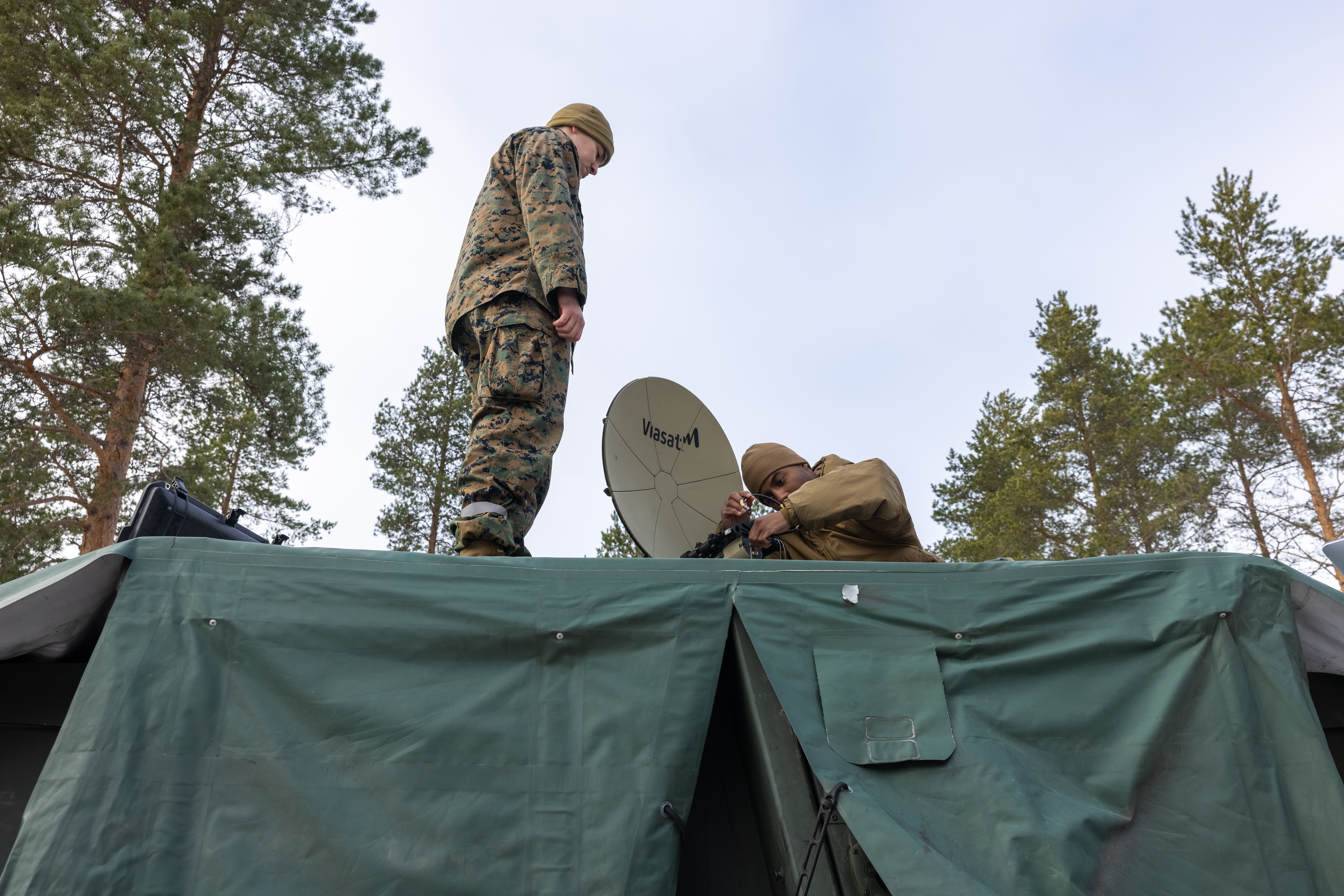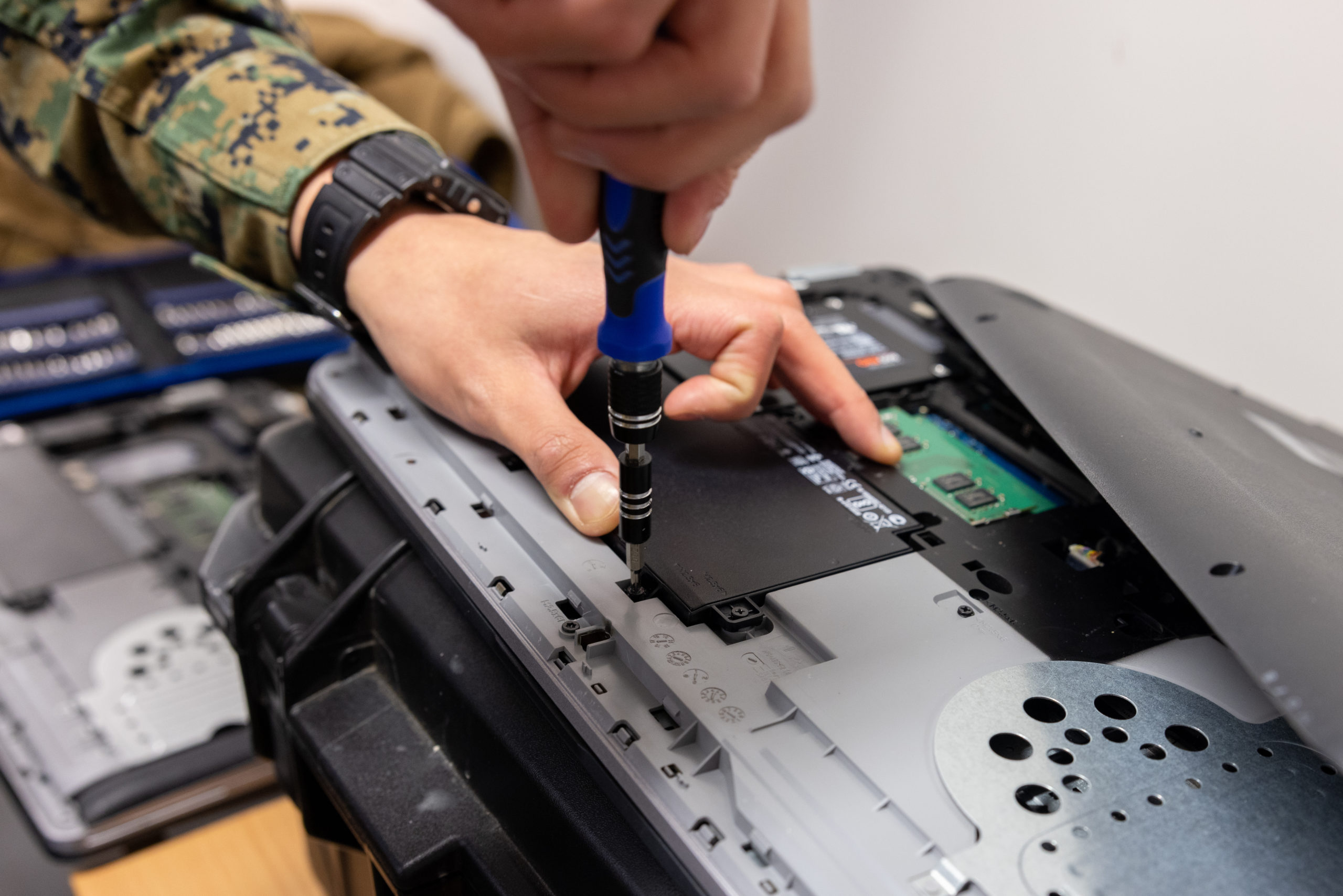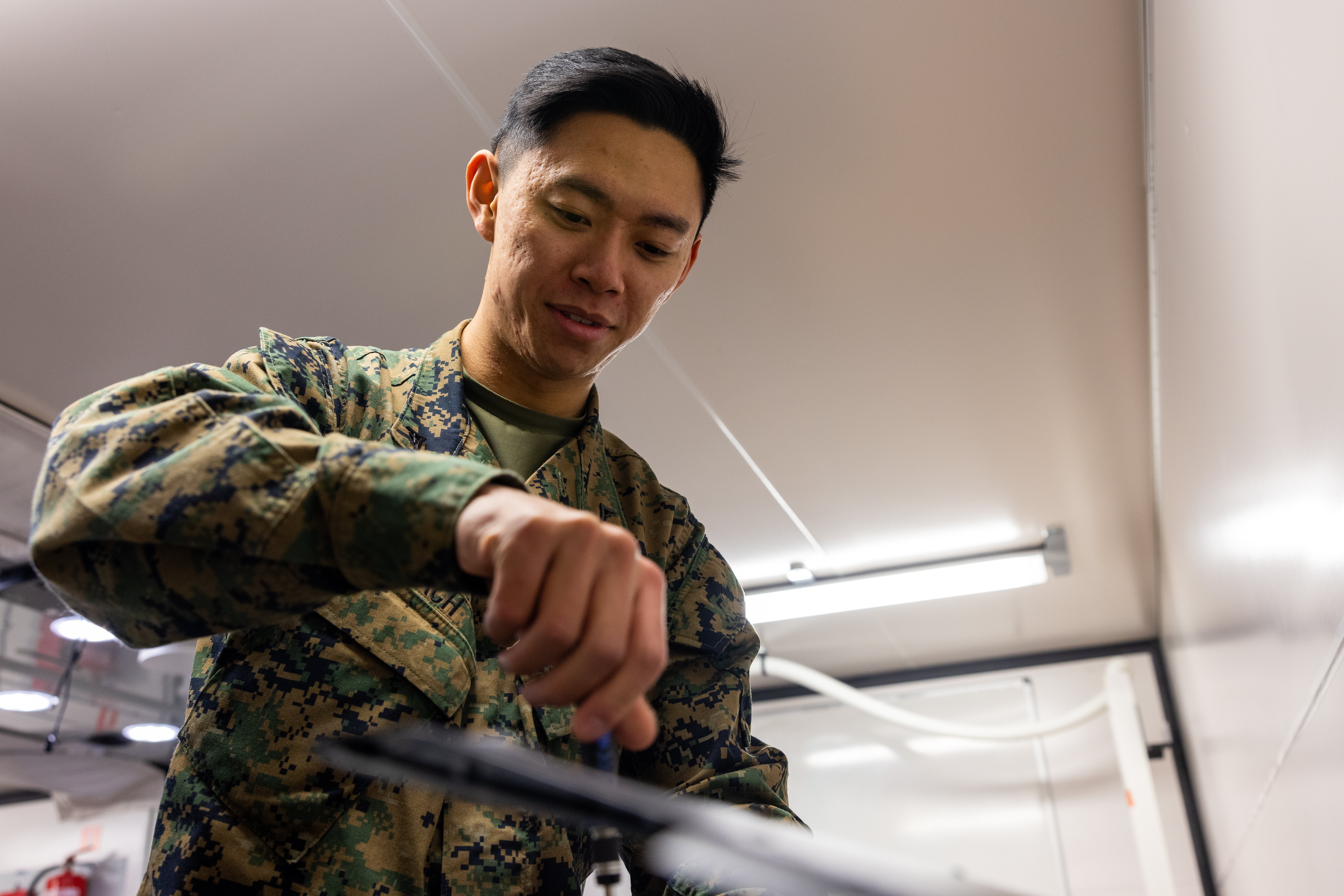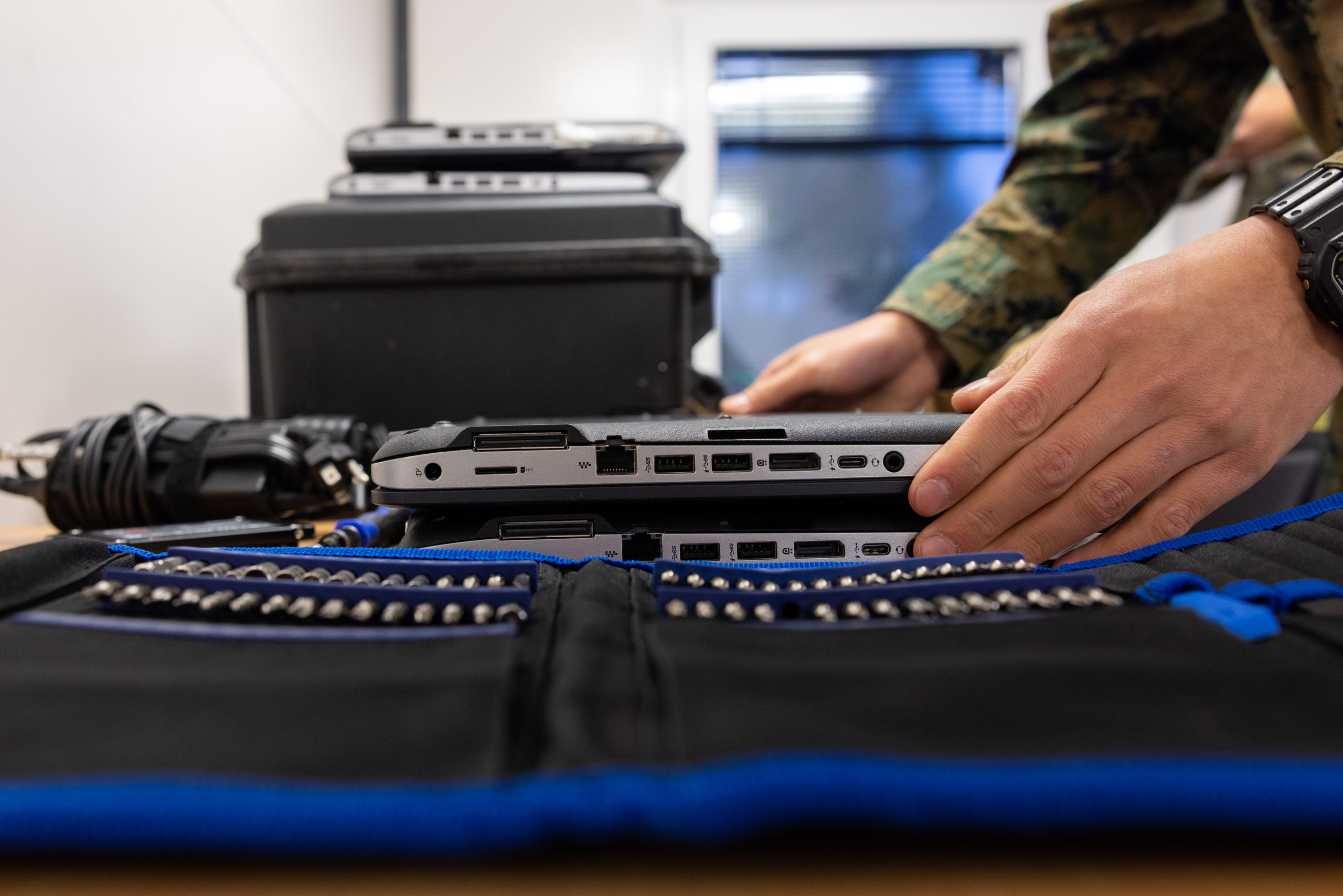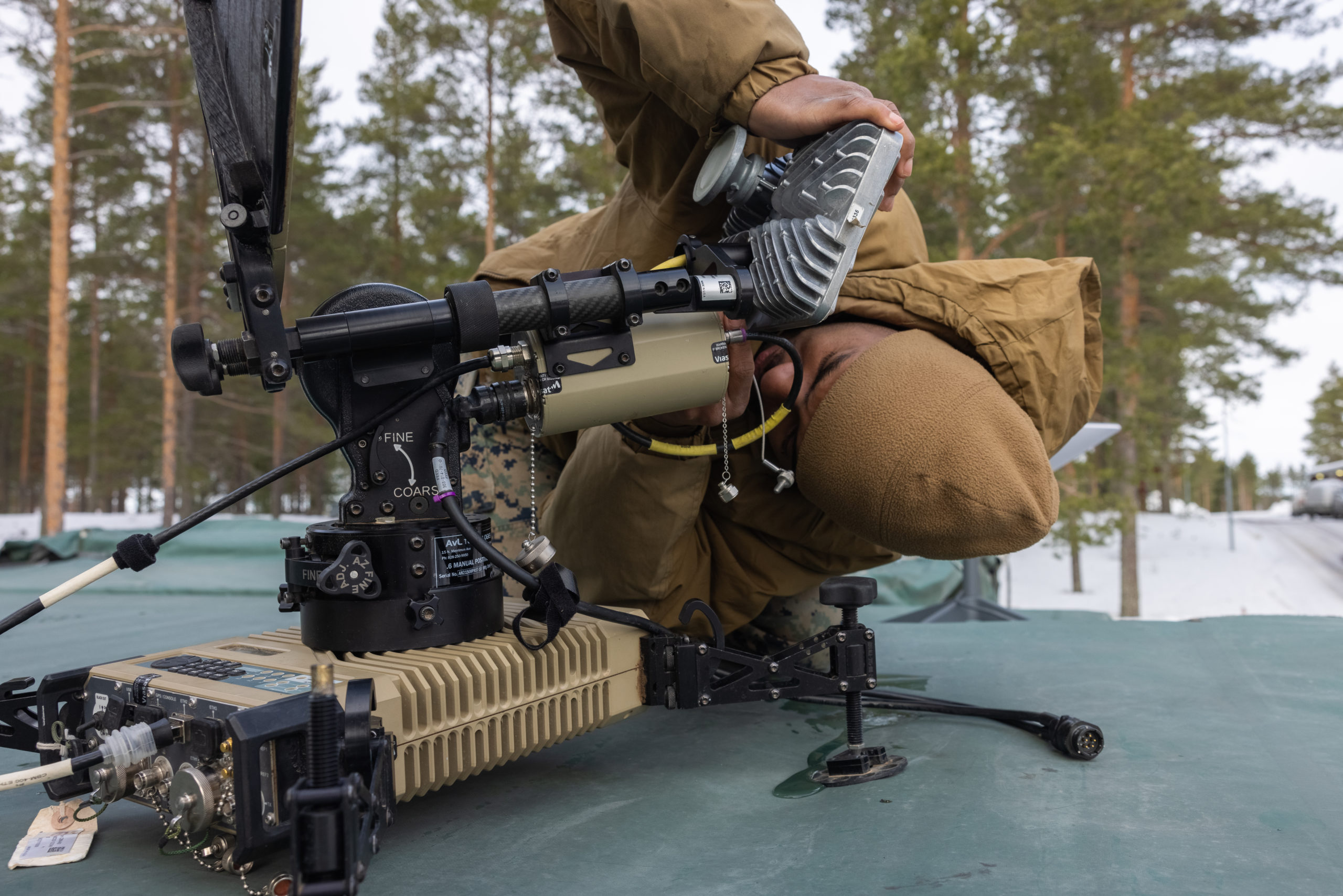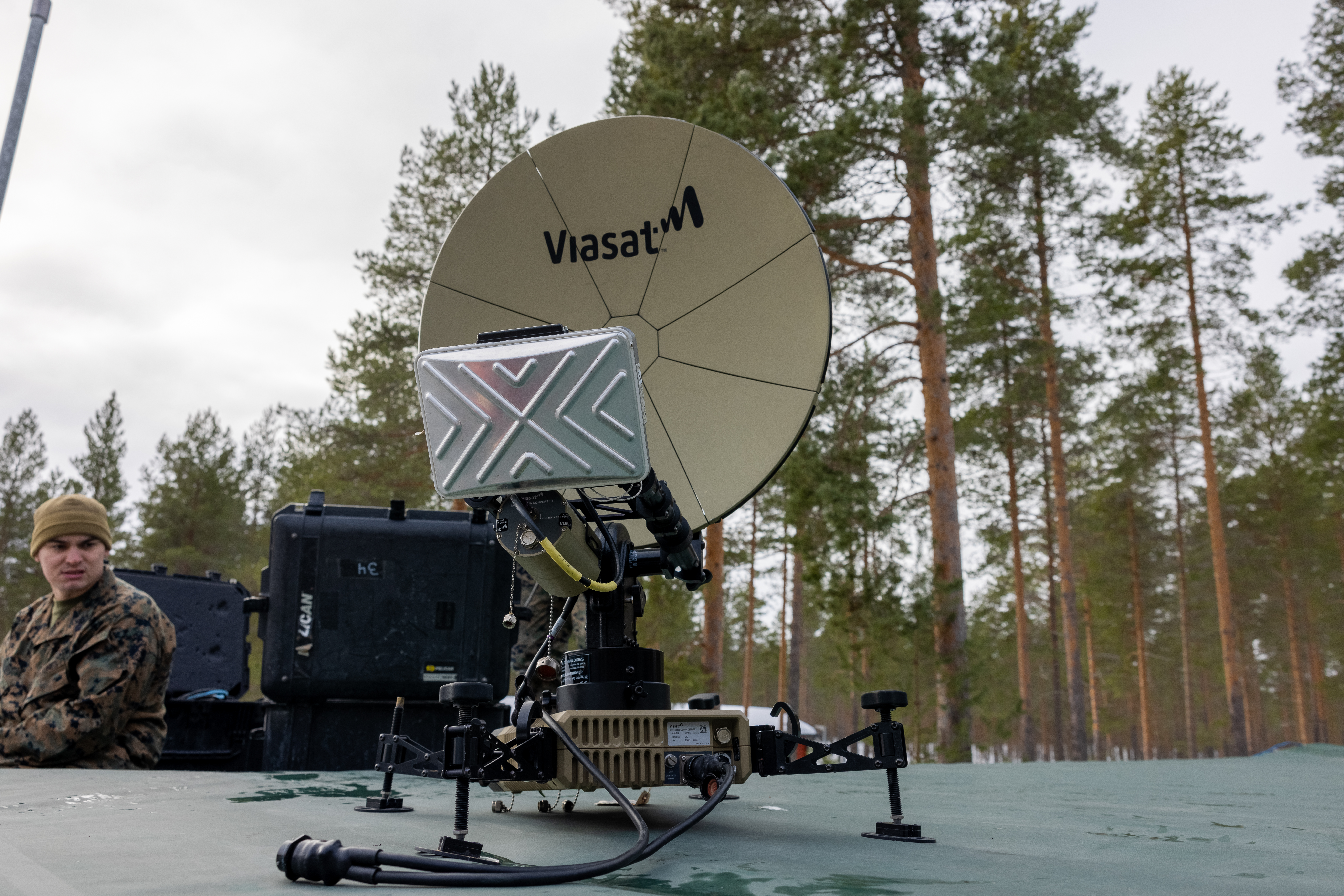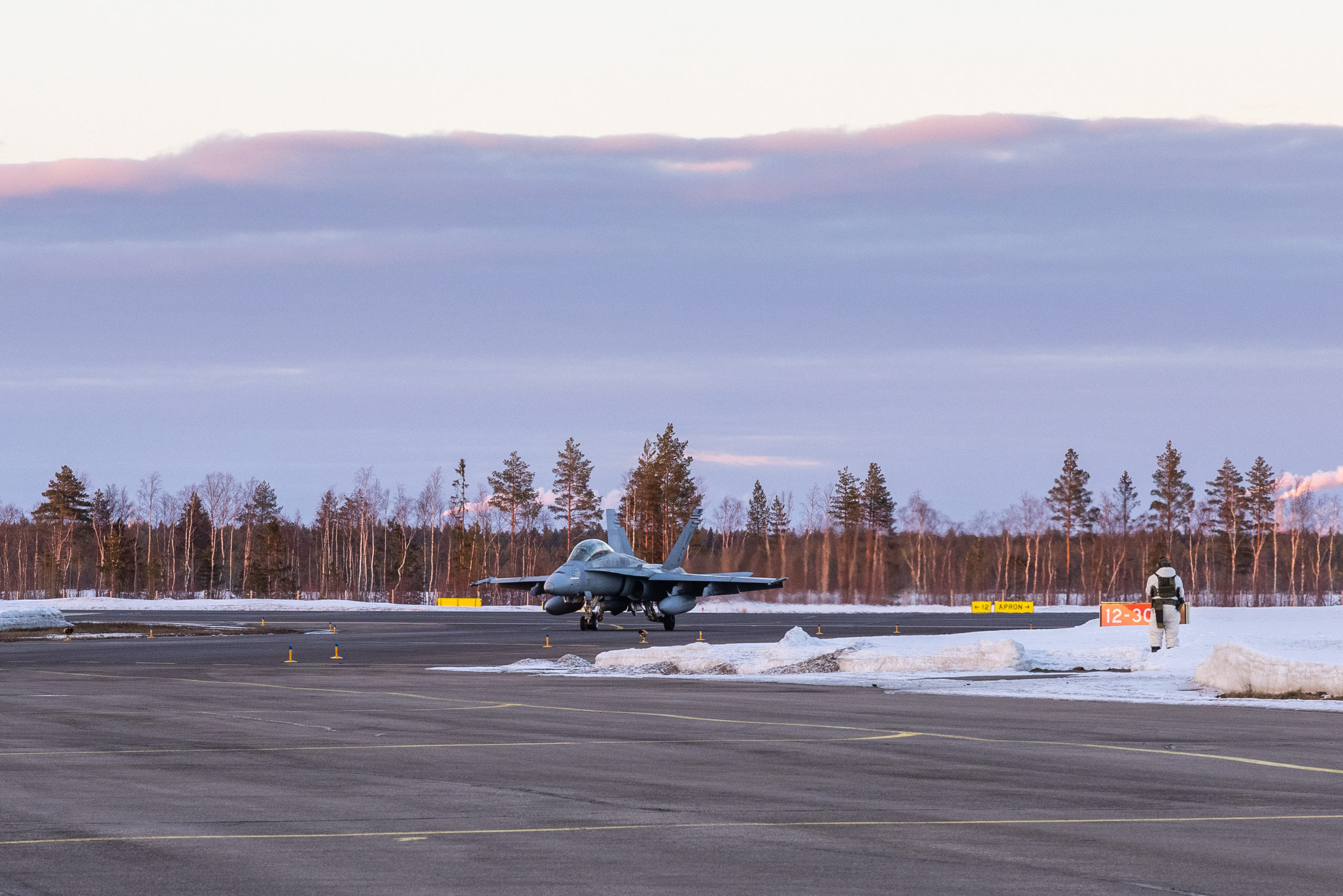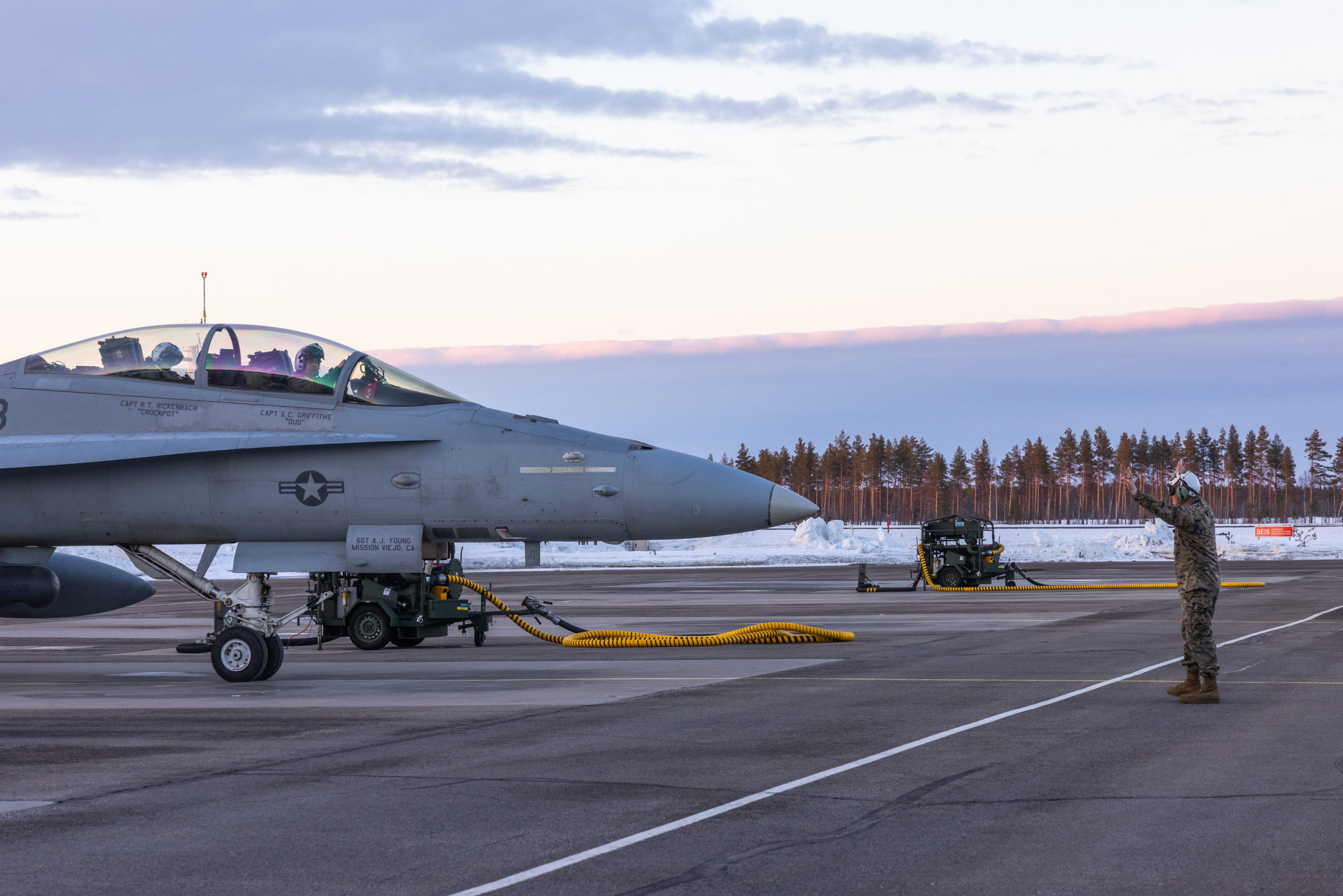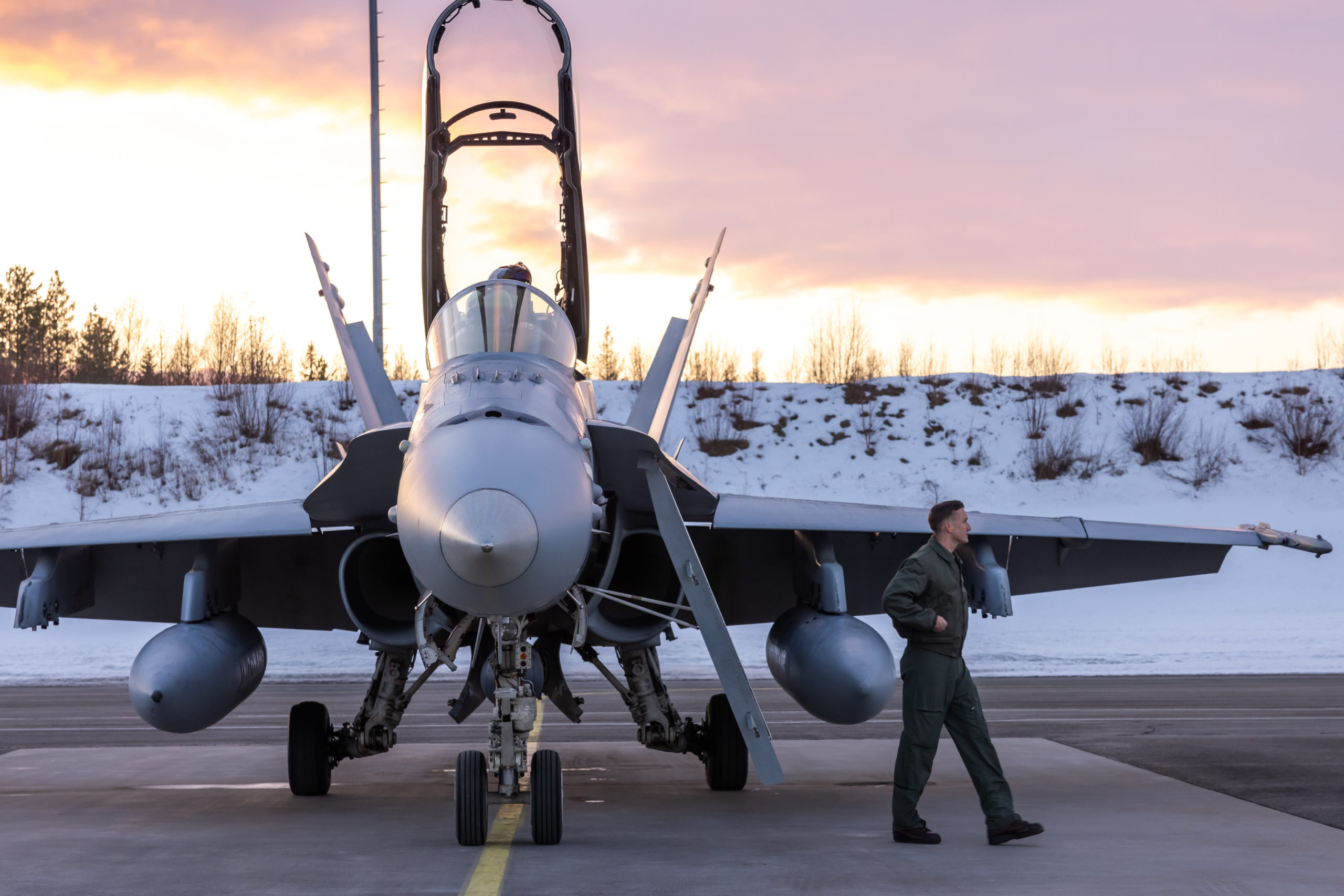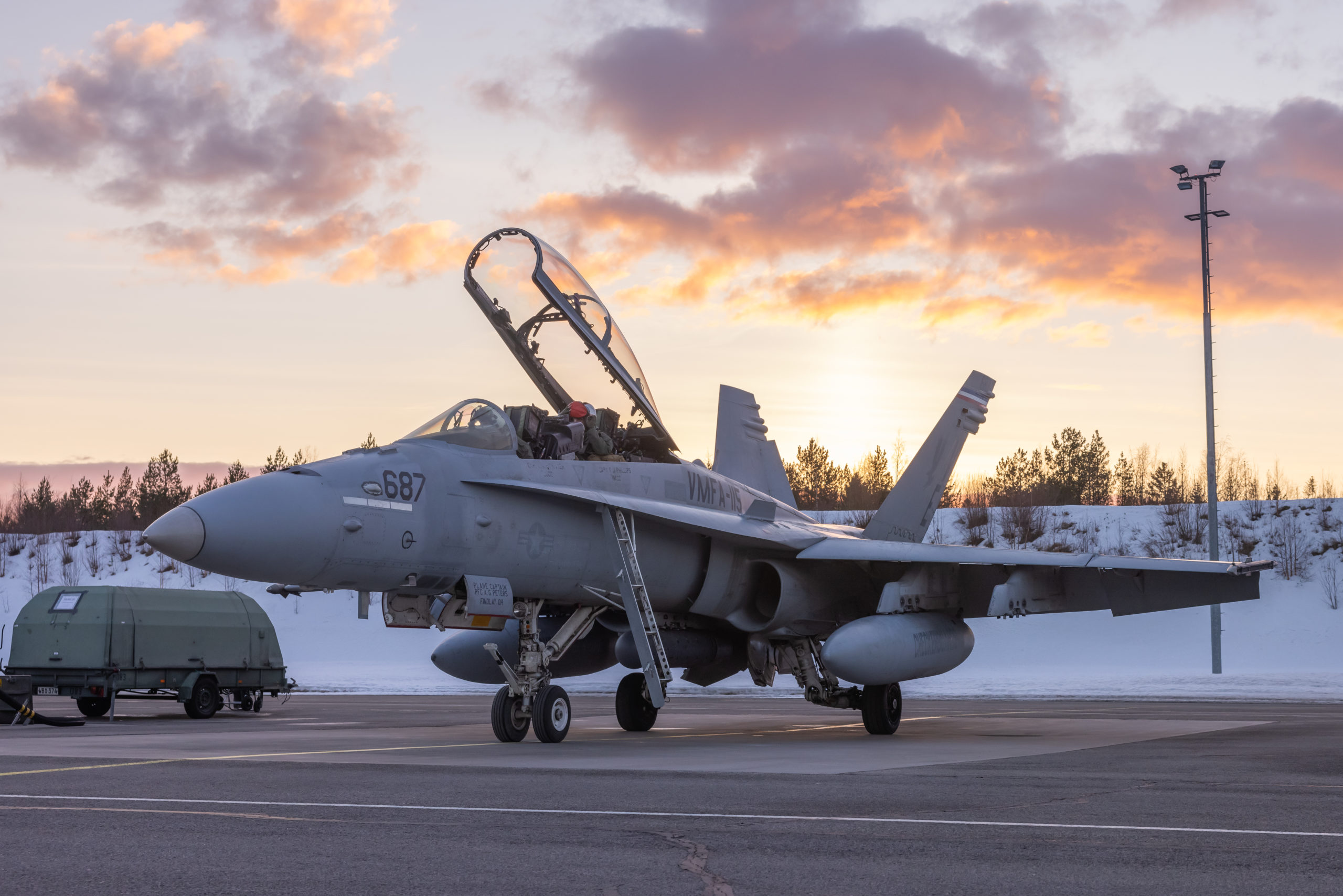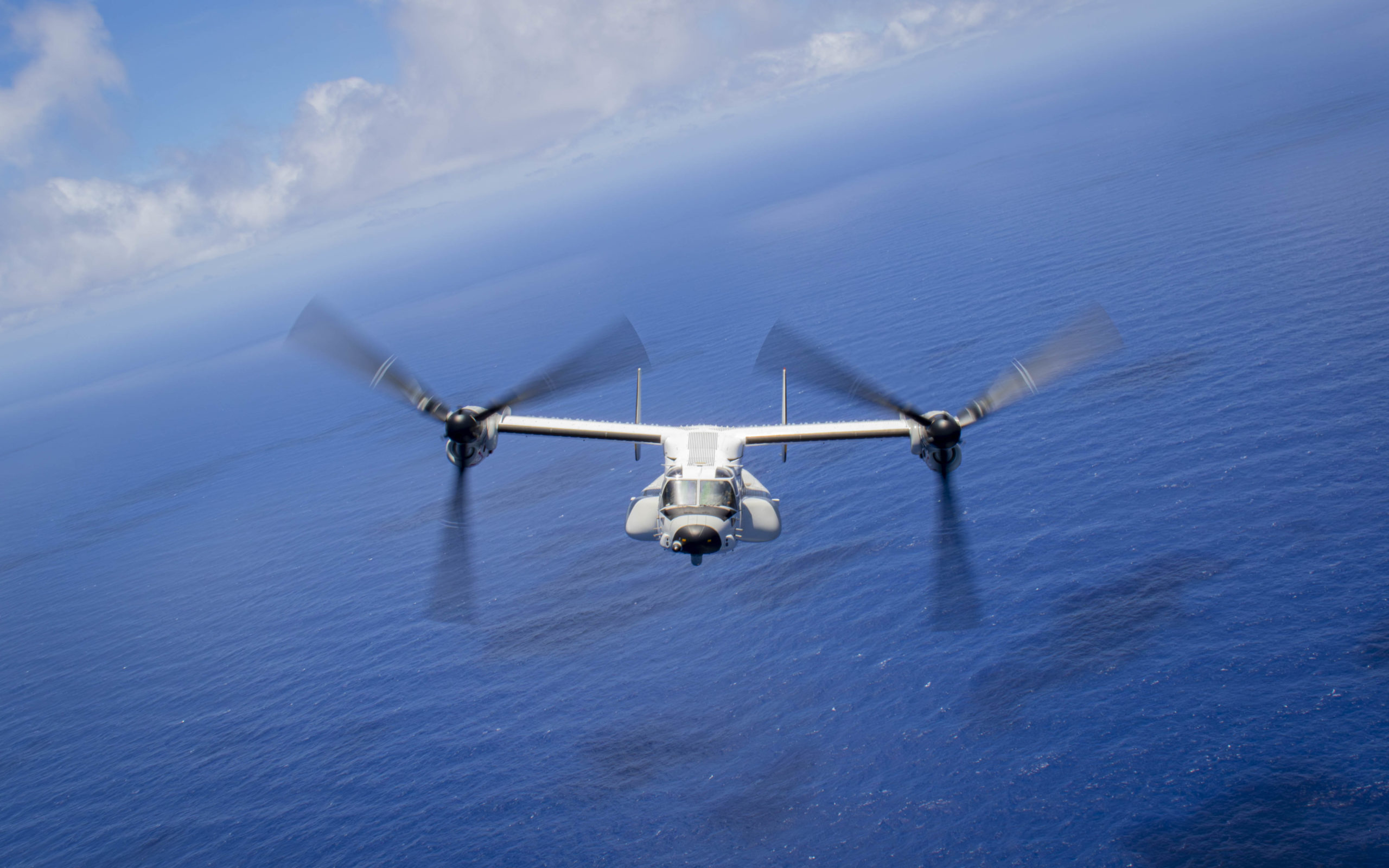By Chloe Ladd
In the European parliamentary elections this June, far-right parties surged. In France, the right-wing Rassemblement National (RN) demolished President Emmanuel Macron’s Renaissanceparty. Macron the loss to heart and consequently announced the dissolution of the French National Assembly. Never before had a French president made such a drastic decision in the aftermath of the European elections. After three short weeks of campaigning and two volatile rounds of elections, the final results are in, but still no one seems to understand why Macron made the decision. His broader strategy is a puzzle to many who are close to him. Only time will tell whether Macron’s decision made any sense for the future of France.
Voters returned no absolute majority for any party in the National Assembly. This lower house of parliament has 577 seats, setting the magic number to form a governing coalition at 289. The newly-formed coalition of the Left, the New Popular Front (NPF), holds the most seats, but it falls far short of a majority at 182. So, in order to pass any legislation, the parties will have to find a way to build a coalition of political convenience.
The second most powerful group is Macron’s coalition, Ensemble, which holds 168 seats. RN comes in third with 143 seats – counting some allied members of the more traditional right-wing party Les Républicains.
While voting concluded just over a month ago, France is still waiting on a governmen. No prime minister or cabinet have yet been announced, and there is no set deadline in place (and none enforceable per the French Constitution). As France continues to wait, a number of trends will bear paying attention to.
The First Test of Power
Historically, in France’s Fifth Republic, the president should appoint a prime minister that reflects an absolute majority in the National Assembly. With no absolute majority in place, Macron has more freedom to pick, but if the National Assembly does not approve of the final selection, it does have the power to hold a vote of no confidence to have the prime minister and cabinet resign.
Theoretically, the pick should now come from the largest governing power in the National Assembly, the NPF. The bloc had been unable to agree on who they would nominate as prime minister, with multiple options having been shot down, but finally, in late July, they announced that Lucie Castets would be the candidate.
However, within hours of the announcement, Macron stated on national television that it “was not a matter of a name, but of what majority can be built.” This was widely seen on the Left as disregard for the election results. Yet Castets does not seem to be a popular choice in France. In the latest polling, 58% of French citizens do not approve of Castets as their prime minister.
No matter the candidate, the prospective prime minister will have to appease a split government. Given the slim margins between parties, this may mean a difficult path ahead.
The Far Right’s Newfound Gains
Initial polling largely predicted that the far right would sweep the vote in France. In the first round, RN led with 33.1% of the votes. Thirty-nine deputies RN were immediately elected without passing on to a runoff. This was a historic first for a party that previously had never cemented a first round win.
The second round led to very different results because leftist and centrist candidates struck electoral agreements to block the far right by any means possible. Those in Macron’s camp and the NPF calledon citizens to vote for anything but the far right, and they stepped down in each other’s favor when their counterpart had more support. It worked, and the electoral surge RN had been expecting did not materialize.
Still, the far right has never held as much power in France as it does now. This is uncharted territory for a country that has upheld a strict cordon sanitaire, bringing together disparate parties to exclude extremists from power.
As the far right continues to build up, the traditional right (Les Républicains) continues to fragment, splitting into factions over the question of allying with RN. The split raises questions about the party’s ability to survive in French politics. The infighting has alienated voters, and if the traditional right is unable to build itself back up, this turmoil will push some voters to the extremes.
The Future of la Macronie
Macron ran on the premise of enacting policies from both the left and right sides of the spectrum “en même temps” (at the same time). By pushing policies intended to satisfy everyone, he ended up satisfying no one. His approval rating is near an all time low. Further, this style of governance has led to the massive disruption in French politics with the jumbling of both the traditional left and right.
Macron will also have an incredibly difficult time recovering from his decision to call these unexpected, destabilizing elections. In the eyes of his own citizens, his credibility is severely undermined. According to the latest polling, one in every three French citizens is worried for their political future. In the eyes of his own party, recovering from the breach of trust caused by his decision to dissolve the National Assembly with absolutely no warning, will be close to, if not outright, impossible.
Macron’s Prime Minister Gabriel Attal, described himself as shockedby the decision to call elections. He found out at the same time that everyone else does, through the news. When it came time to campaign, Attal’s posters showed no sign of the president’s face. Others in the presidential camp followed suit. This was the first time that Renaissance members declined to tout their president’s endorsement. He is now seen as a liability, not an asset. The future of Renaissance will be an important element to pay attention to on the road to the French presidential elections in 2027.
Institutional Stability
The president is allowed to dissolve the parliament once in a year. With a National Assembly incapable of passing legislation, he could be tempted to do it again. This would ensue further chaos in French domestic politics, and political stability would be a pipe dream for French citizens.
With this instability looming, the French are having debates on everything from podcasts to mainstream media on whether or not a Sixth Republic, i.e. an entirely new constitution, could be established. While this is still a burgeoning debate for some (though the NPF already has it in its current proposed political program), the conversation around the power of the executive is happening. Many are arguing for shifting more power to the National Assembly, away from the executive. While a Sixth Republic isn’t expected to happen tomorrow, these conversations have taken a new urgency.
As of now, with no prime minister announced, France is entering into unknown territory. Though the previous government recently resigned, it will remain in power until a new one is established. This transition has historically lasted around ten days, but word has it that the current government will last through the Summer Olympics in Paris.
Unfortunately, France cannot afford instability at the moment. In addition to hosting the Olympics this year, the country is facing an increasing amount of terrorist threats, and the government continues to fight rampant Russian disinformation campaigns. All while, the war in Ukraine threatens overall European security. As France figures itself out, there is no denying that this next government will define the future of French, and European, politics for years to come.
This article was published by the Fair Observer on August 9, .2024
Young Professionals in Foreign Policy produced this piece and is a partner of Fair Observer.
Chloe Ladd is YPFP’s 2024 Rising Expert on Europe. She is currently the Manager of Transatlantic Relations at the Bertelsmann Foundation. She holds a Master’s Degree from Georgetown University’s School of Foreign Service.
Credit featured image: Copies of the Greek statues, the Venus of Milo, are installed on the steps of the French National Assembly to celebrate Olympics. PARIS, FRANCE – MAY 29, 2024: Copies of the most famous Greek statues, the Venus of Milo, are installed on the steps of the French National Assembly to celebrate Olympic spirit in Paris, France.
ID 324368507 © Zhukovsky | Dreamstime.com


